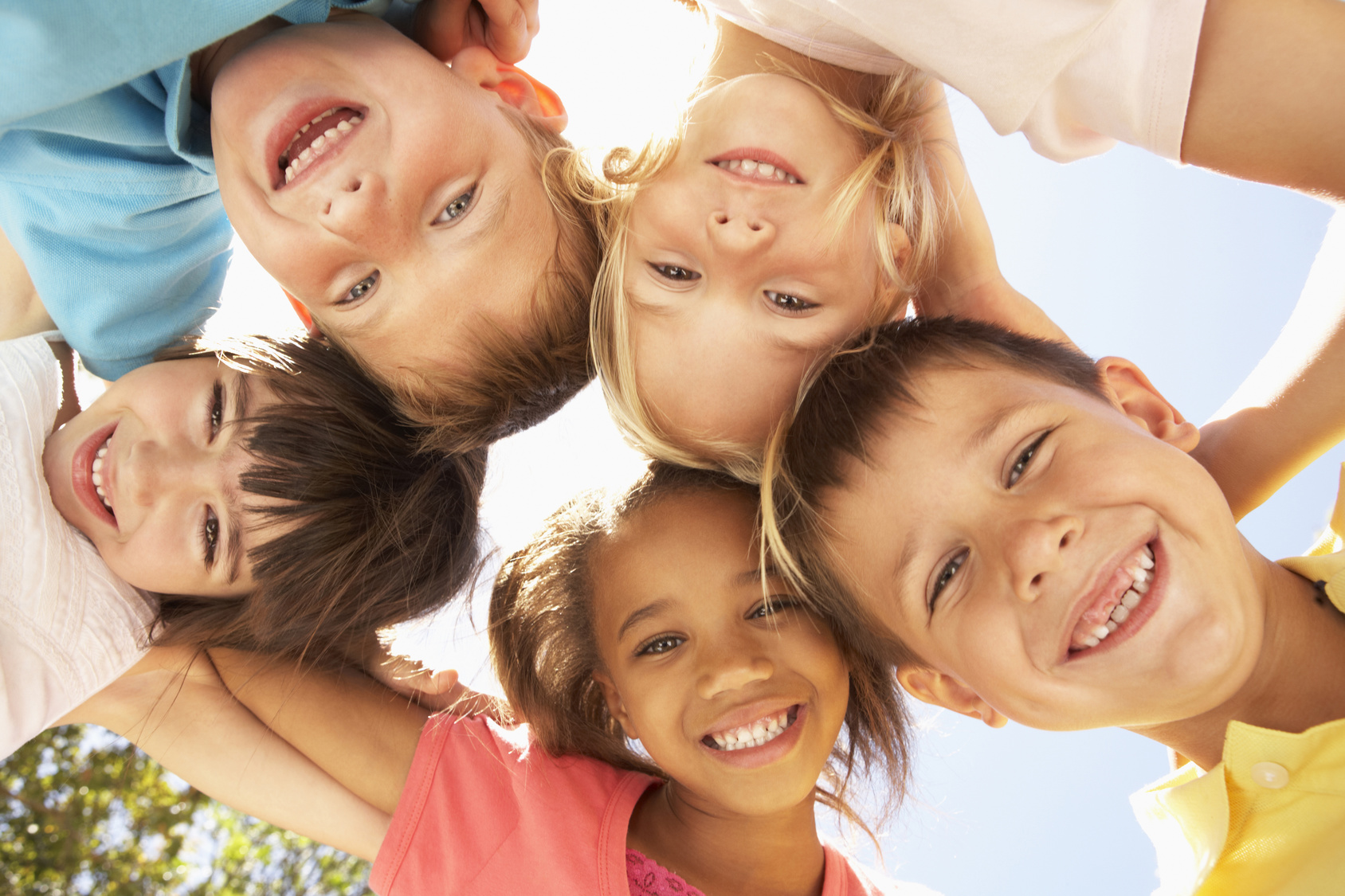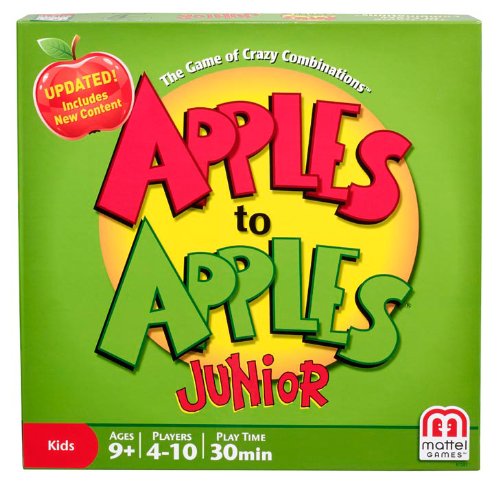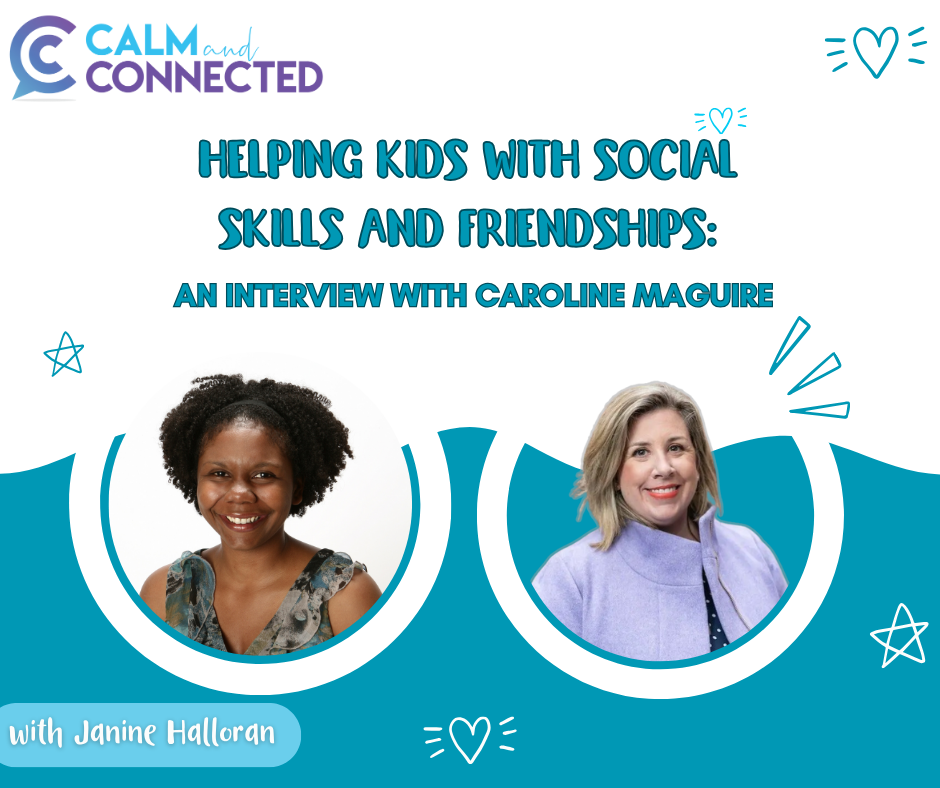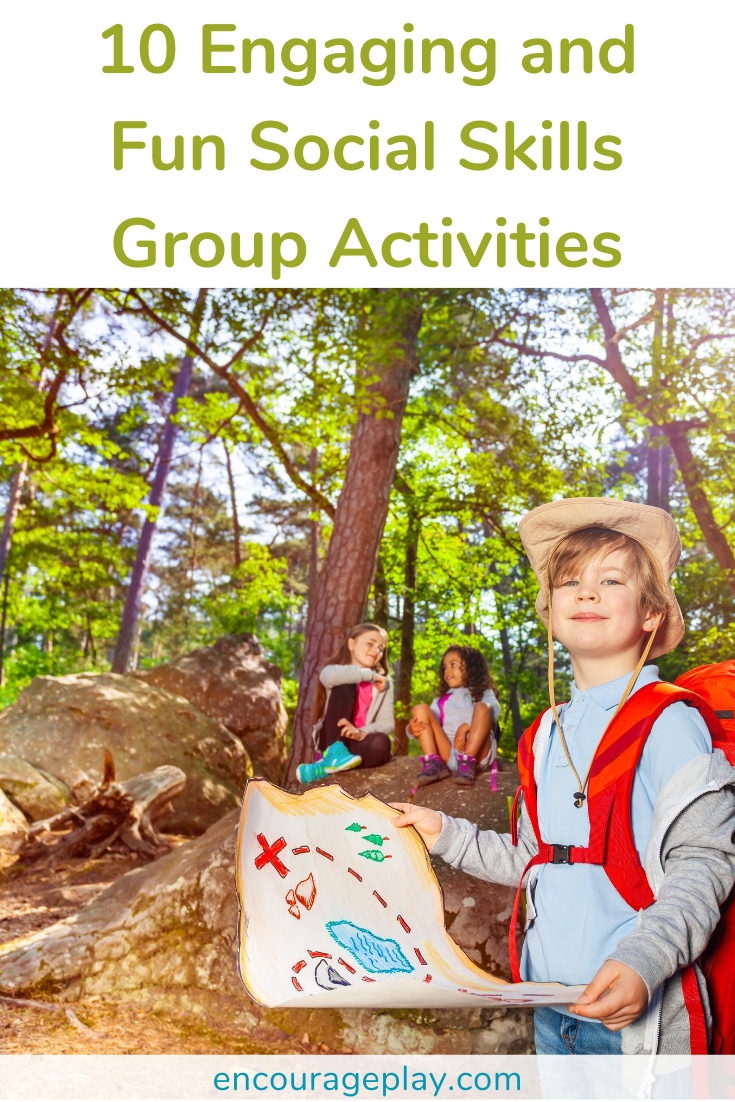Inside: 10 fun and enjoyable social skills group activities designed to help kids learn through play. Perfect for social skills group centers or for groups at school.
This post contains affiliate links. Read our disclosure policy.
What kid has ever wanted to attend a social skills group? I’ve never heard a kid say “Yes, please sign me up for a group where you point out how awkward I am and then make me talk about it.”
The best way for kids to learn social skills is to have them interact in groups and use the teachable moments that are created - either purposefully by you or naturally just by interacting with others. So how can you make this experience as painless as possible? Try some of these fun playful group ideas:
Play board games to work on cooperation, taking turns and being a good sport
Board games are one of the best ways to work on social skills. Playing a game requires patience, being able to wait and take turns, negotiation about who goes first, agreeing to and sticking to the rules, and being a good sport, whether you win or lose.
Cooperative games
You could start by working on cooperative games. These games are designed to make sure that there is no “winner” or “loser” but all the players work together toward a common goal. Some of my favorites are:
Change how you play competitive games
You can also make typical competitive games into cooperative games. For example, a game like connect four can be cooperative, if two players pair up and work together to beat you - the adult in the room. Or for a bigger group, you can play a game like Uno, and you can have the stated goal be to get the adult out first.
Eventually, the goal would be to have kids play a competitive game. Review the expectations of playing a game, how to win and lose graciously. Set it up and see what happens. This is one of those times where you are creating an opportunity for teachable moments to occur. Be ready to step in and help kids problem solve.
Specific Social Skills Games
Q’s Race to the Top
There are games specifically designed to encourage conversations about social skills. A great game is Q’s Race to the Top. There are questions cards with conversation prompts on them. One of my favorite aspects of this game is the “DO” cards, that break up the game play and engage kids in easy movement, flexibility and dexterity challenges. It’s perfect for those kids who can’t sit still for too long.
Apples to Apples Jr.
I can’t have a game section and not talk about one of my favorites - Apples to Apples Jr. This game is so much fun! Not only is it a riot to play, you also practice seeing things from someone else’s point of view. Because the person who is judging which card wins changes throughout the game, you work on perspective taking naturally.
Talk about Pokemon - it’s one the best social skills group activities for conversation skills!
Kids are told all the time - now isn’t the time to talk about that. Or save that topic for later.
What if you let them talk about their favorite topic, on purpose? The first time I did this activity with a group, some of them looked at me like I had three heads. Wait, you WANT us to talk about Pokemon?? Yes, yes I do. But there are a couple of things to do so they get the most out of this exercise.
Go over the basics of what a conversation is - and what a conversation is not. For example - the can’t drone on for 15 minutes about their new home in Minecraft - that’s a monologue, not a dialogue.
Break them down into pairs. The more people you add in, the trickier conversations can get. Start off with just two people to practice the basic back and forth of a good conversation.
Watch videos and figure out a character’s zone
If you are teaching social skills, and you haven’t taken a look at The Zones of Regulation by Leah Kuypers, stop and go look now. Seriously. Or read my review of the book :-)
I love teaching the zones of regulation. It’s such a helpful way to help kids understand their emotions. I even have the zones up in my own home to help my own kids.
To help kids start to identify which zone people are in, choose a short animated video. I’ve used clips of A Bug’s Life, Shawn the Sheep and The Incredibles. As you are watching the clip, and you notice a character’s zone, stop the video and talk about it. Use a visual of an actual zone on the wall or table and literally place the character’s name or image in that zone. If they change zones, move them. This is a great way to start a conversation about how people move zones, and how they can get back to the green zone.
Hint: Always check out a video before you show it to a group.
Practice decision making by playing “Would You Rather?”
So many giggles start happening in a social group when you’re trying to decide between two silly, outlandish or goofy statements. Kids practice picking one of the statements, even if both are not great choices. They can ask follow up questions, but they have to choose one or the other.
You can make up your own before the come to group.
Some of my favorites:
Would you rather have spaghetti shoot out of your fingers or sneeze meatballs?
Would you rather sew all your own clothes or grow all your own food?
Would you rather be able to fly or be invisible?
Would you rather have hands for feet or feet for hands?
Would you rather live in the past or live in the future?
If you’re feeling especially brave, you can have them make a few up for each other too.
Problem solve with entertaining prompts
Solving a problem doesn’t mean that the problem has to be gigantic or boring. Have some simple materials on hand, like:
Paper Straws
Cotton Balls
Yarn
Paper Cups
Clothespins
White Cord
Tape
Popsicle Sticks
Paper Clips
Sticky Notes
Feel free to substitute if you don’t have something. This is meant to be easy to set up, not extra work for you!
Give the group this prompt: Using any of these 10 materials, solve one of the following problems. You don’t have to use all the materials to solve the problem, but they are all available for you:
Devise a slide for mini figures
Create a jump ramp for cars
Build the highest tower you can
Here are more ideas for problem solving prompts.
Go on a treasure hunt and work on cooperation
This one takes a little planning on your part but it’s worth it. Treasure hunts are a blast. And they’re a great opportunity for kids to work together to figure out the clues. I also love using a puzzle as the ending, because then they have to work together and use all the clues they found to create the puzzle.
Set up a treasure hunt and use the puzzle pieces as part of the clues they’re trying to find. Then once the treasure hunt is over, bring all the puzzle pieces together and have them put it together as a group. Big oversize puzzles work best when doing them for a group activity. Depending on how much time you have and how old your group is, think about how many pieces your puzzle should have.
Make something and practice following directions
Try doing a simple project to work on following directions. Think about what the members of your group like to do, and start there. It could be something as simple as:
Drawing an animal using shapes (I love Ed Emberley’s books for this)
Folding an origami frog
Making a simple snack following the recipe
Creating an easy rainbow loom bracelet
Making a duct tape wallet
Use props to teach about flexibility
We can often talk about being flexible, but sometimes it helps to use a prop or two to show what that means. When I talk about being flexible, my favorite props to use are yarn, pipe cleaners and popsicle sticks. I’ll start talking and have kids hold the different materials and talk about what each represents. Ask for examples of when someone is like a piece of yard versus a popsicle stick.
Yarn = Too Flexible
Pipe Cleaners = Just Right, bendable, but has a backbone
Popsicle sticks = Too Rigid
Read sentences in different ways to work on tone of voice
Use books and construction paper to talk about the power of words
The Chrysanthemum Lesson is perfect for talking about how your words have an impact on others.
Materials:
Chrysanthemum by Kevin Henkes
One heart cut out of construction paper for every child, plus one for you
Tape/Band Aids
Set your own heart aside, leaving it as is. As you read the book, every time a character says something mean to Chrysanthemum, have them wrinkle up their paper heart to represent how mean words impact others.
Every time her parents say something kind and loving to her, have them smooth out the paper heart a little bit and try to repair it.
At the end of the book, try and spread out the heart as much as possible and repair it either using tape or Band-Aids.
Compare the paper heart that wasn't wrinkled at all to the ones we wrinkled while you were reading and noticed how different they were. Even when you say sorry and apologize for your mean words and mean behaviors, it still has a lasting effect.
Decode secret messages and talk about hidden rules
There are some cool ways to make secret messages out there. Here’s one from Frugal Fun for Boys and Girls that uses letters.
And here’s an idea from us that uses white crayons and watercolors to create secret messages.
This is the perfect way to start a conversation about picking up on clues around you about social interactions. For example:
They can pick up on clues about how someone else is feeling by looking at their face and body language.
They can pick up on clues about the hidden rules at school by watching what other kids do. Does everyone always walk to the right on the stairs? That’s not an explicit rule at school, but it’s something that everyone does.
It’s Wednesday afternoon. Kids come bounding into your room, full of energy and ready to go. “What do you have planned for us today??” They don’t even realize they’re working on social skills while they’re playing and having fun - success!!














